| description |
The largest member of this genus. Adults are brown mottled with darker brown. The head is triangular, broader than long, and is ochraceous tinged with red and brown. The eyes are large and brown and the ocelli (eyespots) are small and yellowish, being nearer to each other than to the eyes. The pronotum is deeply and closely punctate with a high, noticeable crest; a key distinguishing characteristic. While males can be much darker than females, some male types are very similar in coloration to females; these males however are smaller than the females. Females are brownish overall, with a light brown front and rear tip of the pronotum, and a darker reddish brown section between the two transverse bands (which are not as well defined as in other species), around the mid-dorsal spot. The mid-dorsal spot is broad and curves inward from the edge of the pronotum, connecting to the posterior transverse band. Males are considerably darker than females, with largely replacing brown areas. Both sexes have a black tip to the wings, and the underside of the thorax is yellow. The legs are rusty, with a black base in males. Females are 9.5 mm long, with males slightly smaller. (Kopp) |
| behavior |
To listen to the male courtship call for this genus, listen here. These courtship calls are not audible to the human ear, and the calls here are produced by recording the substrate vibrations that the treehoppers use to communicate through the plants themselves. The recorded call is then amplified so that it is now audible to human ears. Research has shown that treehoppers use vibrations to attract mates, to announce the discovery of a good feeding site, or to alert a defending mother to the approach of a predator (T.IM).
"The large Cyrtolobus, like tuberosus, have parameres (styles) more like some Xantholobus spp. It’s pretty good evidence that tuberosus and some Xantholobus should be placed in their own genus. There is also some phylogenetic evidence to support this" (M. Wallace pers. comment). |
Species Photo Gallery for Cyrtolobus tuberosus No Common Name |
 | Photo by: Kyle Kittelberger
Wake Co.
Comment: mixed hardwood forest habitat, near the road | 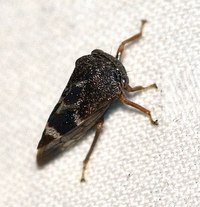 | Photo by: Paul Scharf
Warren Co.
Comment: Several attracted to Black Light |
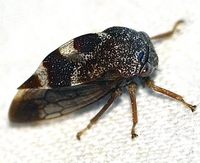 | Photo by: Paul Scharf
Warren Co.
Comment: Several attracted to Black Light; male | 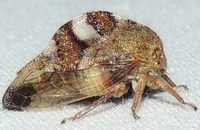 | Photo by: Britta Muiznieks
Dare Co.
Comment: female |
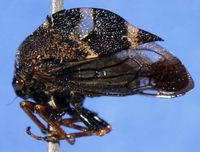 | Photo by: Matthew S. Wallace
Out Of State Co.
Comment: male | 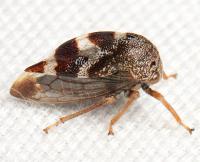 | Photo by: Ken Childs
Out Of State Co.
Comment: |
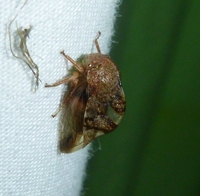 | Photo by: aubrey wiggins
Wake Co.
Comment: unid_planthopper | 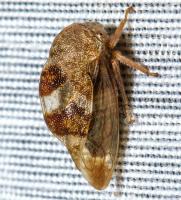 | Photo by: Steve Hall
Orange Co.
Comment: |
 | Photo by: E. Corey, T. DeSantis
Onslow Co.
Comment: HABE | 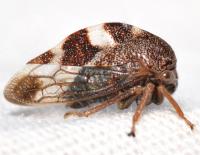 | Photo by: Kyle Kittelberger
Wake Co.
Comment: mixed hardwood forest; male |
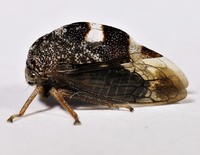 | Photo by: Rob Van Epps
Mecklenburg Co.
Comment: Came to UV light. Suburban yard near woods. |  | Photo by: Kyle Kittelberger
Wake Co.
Comment: |
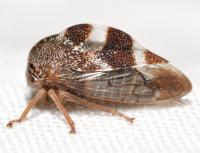 | Photo by: Kyle Kittelberger
Wake Co.
Comment: | 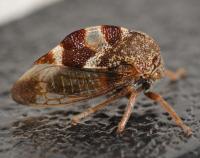 | Photo by: Kyle Kittelberger
Wake Co.
Comment: |
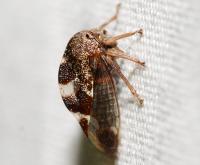 | Photo by: Kyle Kittelberger
Wake Co.
Comment: |  | Photo by: Kyle Kittelberger
Wake Co.
Comment: |
 | Photo by: Kyle Kittelberger
Wake Co.
Comment: | 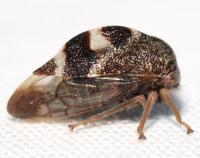 | Photo by: Kyle Kittelberger
Wake Co.
Comment: |
 | Photo by: Kyle Kittelberger
Wake Co.
Comment: |  | Photo by: Kyle Kittelberger
Wake Co.
Comment: |
 | Photo by: Kyle Kittelberger
Wake Co.
Comment: |  | Photo by: Kyle Kittelberger
Wake Co.
Comment: |
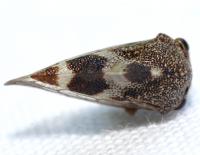 | Photo by: Kyle Kittelberger
Wake Co.
Comment: | 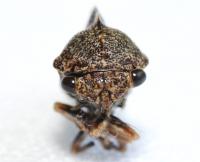 | Photo by: Kyle Kittelberger
Wake Co.
Comment: |
 | Photo by: Mark Shields
Onslow Co.
Comment: |  | Photo by: John Petranka
Orange Co.
Comment: Attracted to 15W UV lamp |
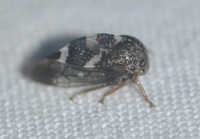 | Photo by: K. Bischof
Transylvania Co.
Comment: GORG | 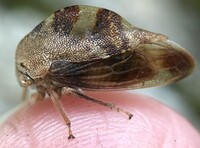 | Photo by: Ted Wilcox
Watauga Co.
Comment: unid_treehopper |
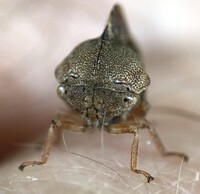 | Photo by: Ted Wilcox
Watauga Co.
Comment: unid_treehopper |  | Photo by: Ted Wilcox
Watauga Co.
Comment: unid_treehopper |
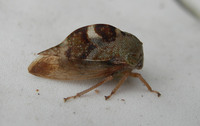 | Photo by: R. Newman
Carteret Co.
Comment: FOMA |

 »
»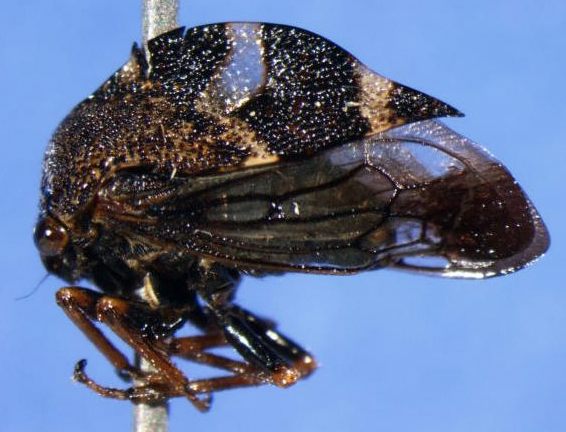
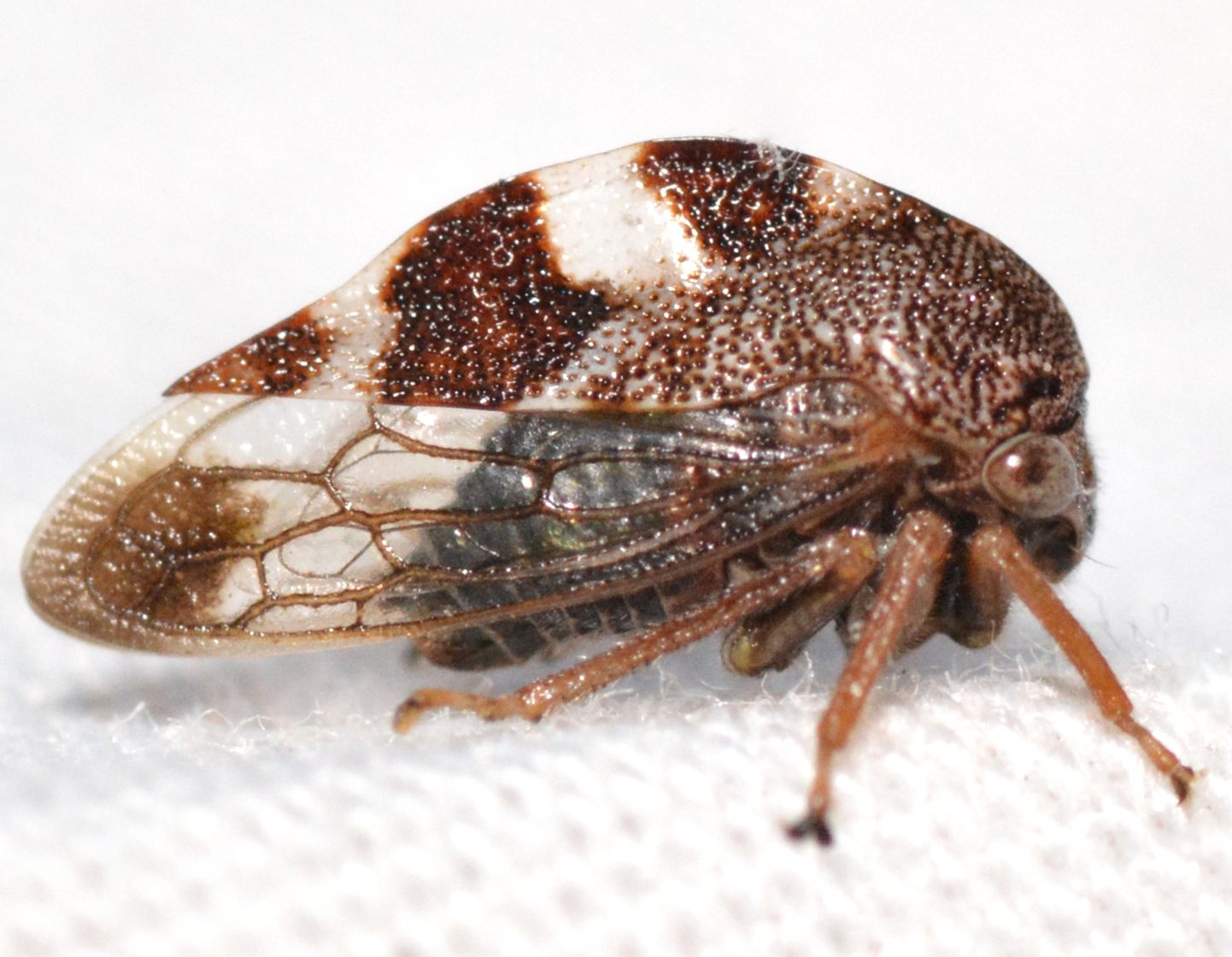
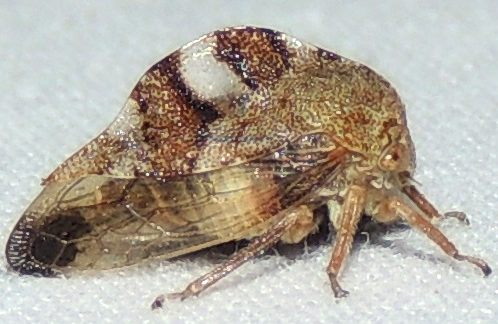


 »
»


